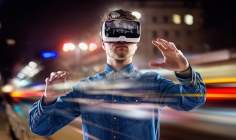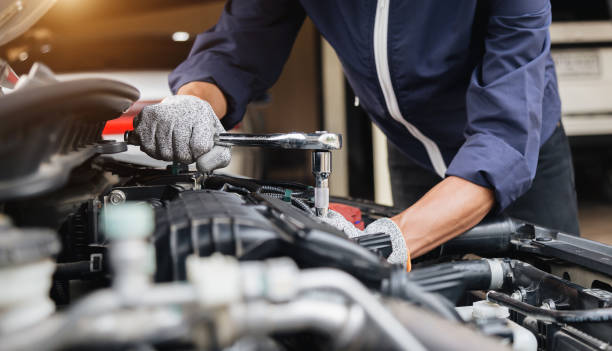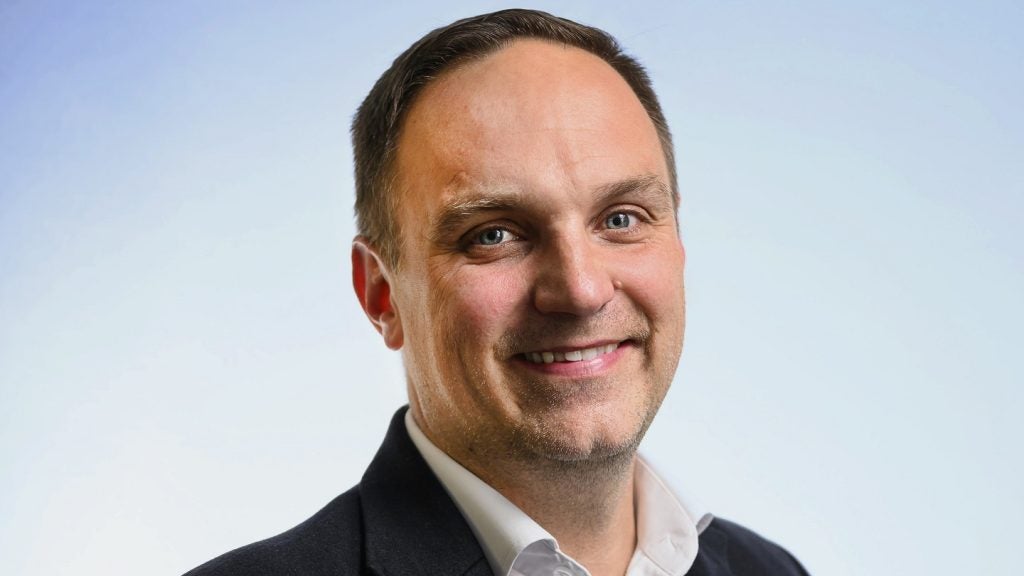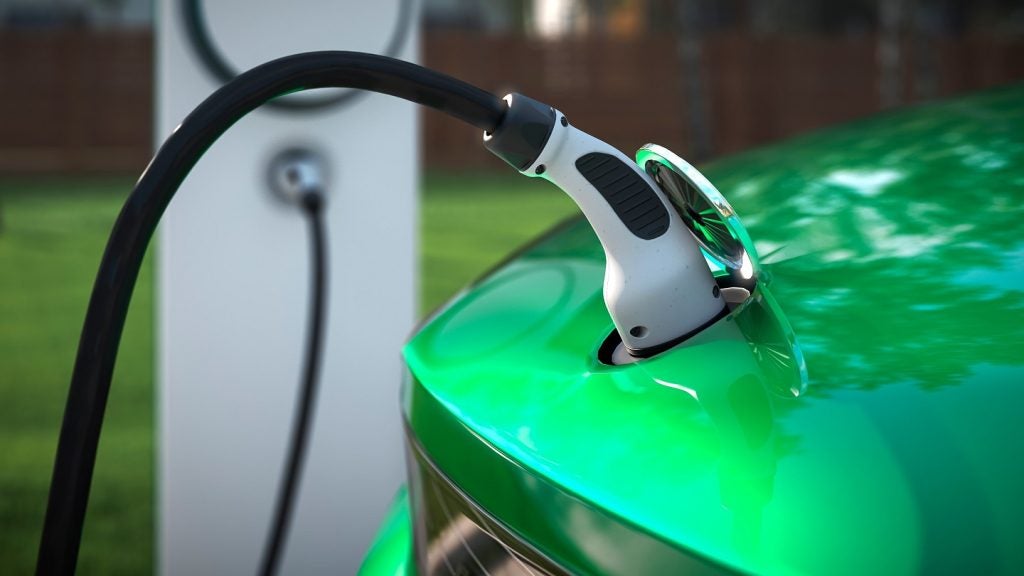
Jonathan Minter speaks to Steve Catlin from Seat UK about the potential for virtual reality to help both the consumer and fleet markets
For fleet managers, drivers and providers, the handover process can sometimes be a laborious or time-intensive process, especially when involving a large number of drivers. Seat, however, has come up with a novel way around this concept using the latest virtual reality technology, brought to the manufacturer in partnership with Samsung. Rather than have an individual instructor go through the handover, drivers used a virtual reality (VR) headset for a virtual handover, covering all the car’s major features, including operating the major control, to its infotainment.
The company claimed the use of the technology “substantially” reduced the time required to deliver the vehicle, and generated excitement among drivers.
To see what potential VR has for the fleet market, and what potential implications there may be for the consumer buying journey, Motor Finance caught up with Steve Catlin, head of sales operations at Seat UK.
Could you please explain how the VR handover process worked?
Steve Catlin: Following the delivery of 129 cars, drivers arrived in phased groups to collect their new vehicle. Overseen by a key client team, individuals were then given a Samsung S7 smartphone and Gear VR to wear. An immersive and comprehensive video guide using the Gear VR then guided individuals through the Seat Leon, exploring the core functionalities and key features of their new car. Following this efficient introduction using the Gear VR, the drivers were given keys and were able to start driving.
How well do you really know your competitors?
Access the most comprehensive Company Profiles on the market, powered by GlobalData. Save hours of research. Gain competitive edge.

Thank you!
Your download email will arrive shortly
Not ready to buy yet? Download a free sample
We are confident about the unique quality of our Company Profiles. However, we want you to make the most beneficial decision for your business, so we offer a free sample that you can download by submitting the below form
By GlobalDataWhat were the advantages of this?
Catlin: The use of VR eased the logistical train involved in such a large delivery of vehicles, streamlining the handover process by enabling several people to explore the vehicle at once, comprehensively and efficiently. We believe that the experience of collecting a new car should be special. The Seat brand philosophy of Technology to Enjoy fits perfectly with the introduction of VR to the handover, capturing the imaginations of drivers as they are able to explore their new car in a visually immersive, connected and fun way. The VR experience pushes the brand above and beyond what a customer would usually expect on delivery, as well as providing an efficient solution for the business.
Is this something you’re planning on rolling out to more people?
Catlin: This was a bespoke solution for a specific client, and while it’s not currently planned for introduction in the immediate future, we will continue to use technology to enhance the customer experience and to explore its potential in the different areas of the business.
Looking beyond fleet, do you think there is a future for VR in dealerships?
Catlin: Seat has been at the forefront of the integration of mobile technology into vehicles, and is exploring ways in which technology can be used elsewhere. Seat has recently launched a digital museum on seat.com to showcase the archive of historic models in an engaging way and this demonstrates potential to create a virtual sales environment.
What would be the advantages of a VR-based dealership over a traditional one?
Catlin: Similar to the use of VR during the virtual handover, one of its main advantages is efficiency. Handing over 129 cars using VR saved time, allowing the process to be carried out in a few short hours. VR-based dealerships could theoretically give added flexibility to customers, allowing them to fit a car viewing around a particularly busy personal schedule or to view a car from a greater geographical distance. In turn, this would give dealers an opportunity to target an even broader radius of potential buyers.
In a VR future, could remote dealerships be a thing?
Catlin: We are already beginning to see the dealership world evolve to become increasingly connected. Customers are increasingly proactive and engaged in the car buying process, and dealerships are continually evolving to ensure their services exceed expectations. It seems like a natural progression to offer increased buying capability to those operating remotely from wherever they choose, including their own living rooms, or even on their daily commute.
What are the key stumbling blocks preventing more widespread adoption of VR, as either a sales or a handover tool?
Catlin: While there are no stumbling blocks as such, there are important considerations to make before pursuing VR on a larger scale. With any new technology it is essential to implement it judiciously. Efficiency is essential to the uptake of VR as a sales and handover tool; people need to be trained to use it and on occasions where it will streamline processes. It is also imperative to find the right technology and the ability to roll it out on a large scale. Our partnership with Samsung helped us deliver VR as a bespoke solution for a client, so we’d need to consider what sort of technology would be best for more widespread use if the time was right to pursue that avenue.
Seat has hinted that the VR handover was just “a glimpse of where we could be heading in the not-too-distant future”. Where do you think we could be heading?
Catlin: Consumer behaviour has changed dramatically over the past few years and the pace of that change continues to quicken. We continue to look at ways in which Seat can innovate in the UK to enhance the customer journey. There won’t be one single solution, however you should expect to see a number of smaller innovations which are directly aimed at making this easier for our customers.







